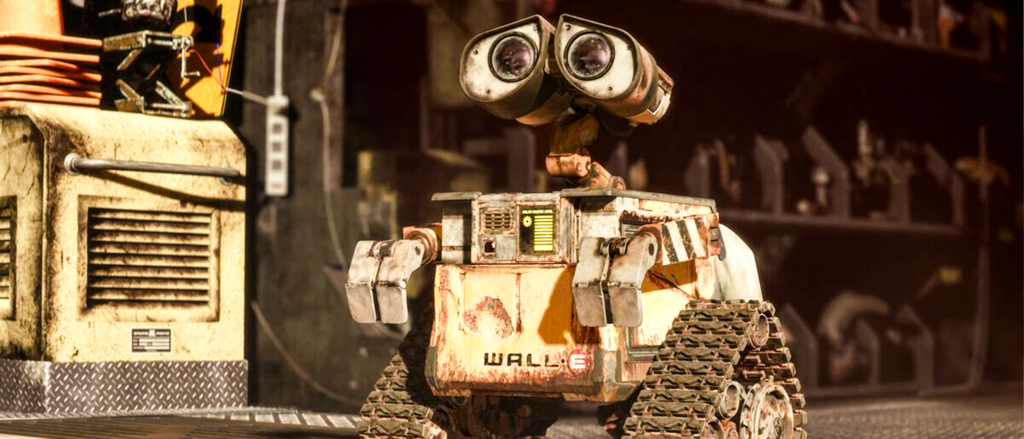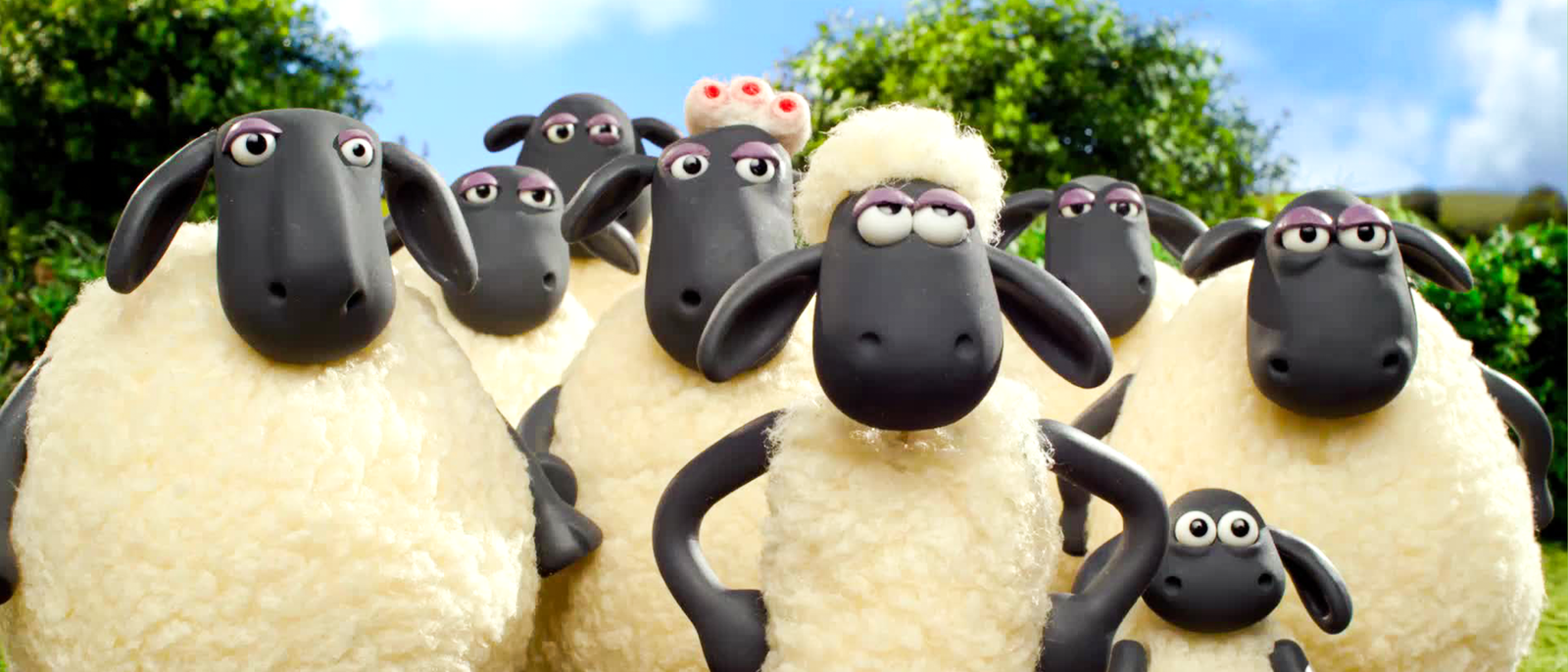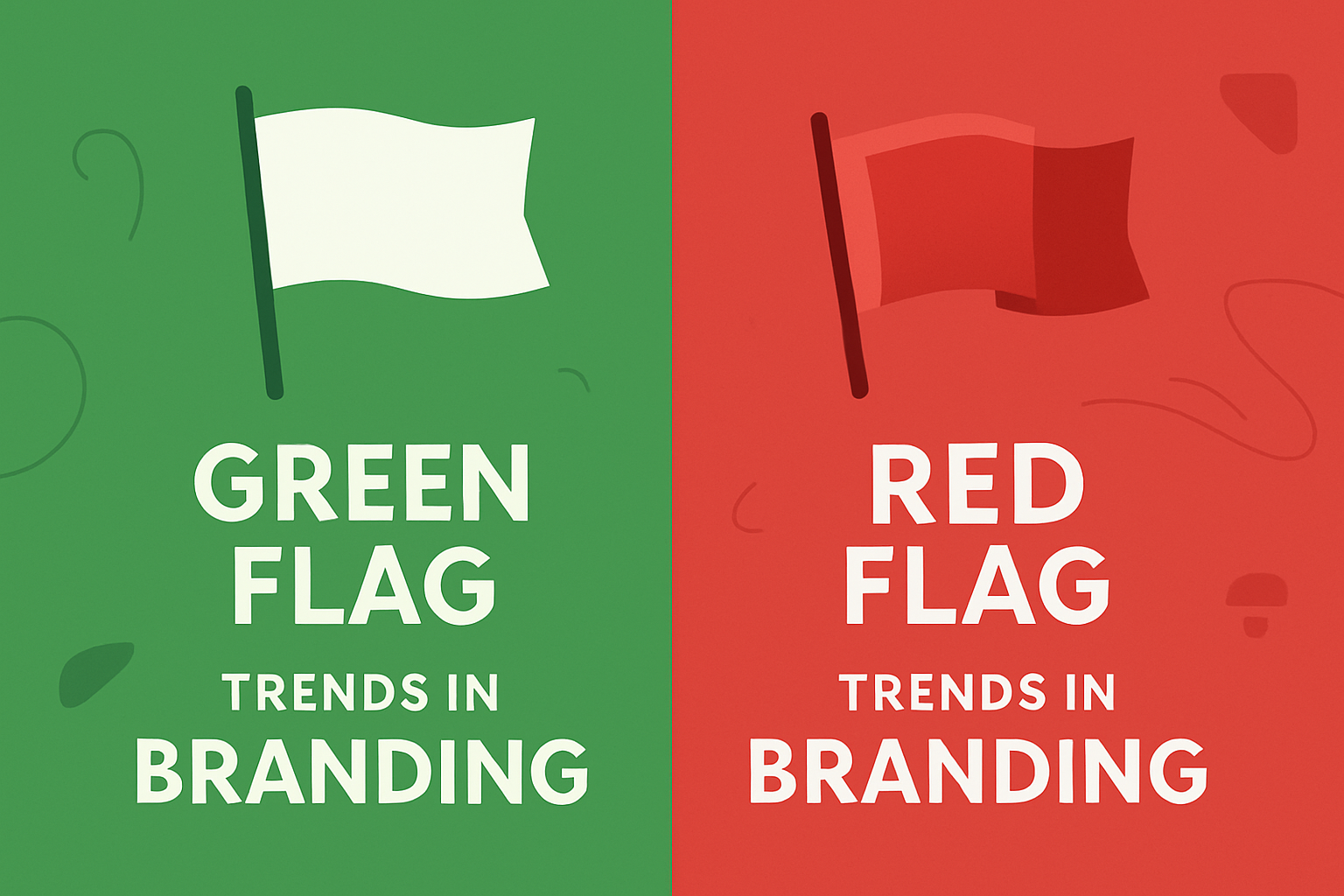The Sound of Stillness in a Loud World
In a media landscape overflowing with soundbites, fast-paced dialogue, and relentless exposition, there’s something profoundly disarming about silence. Especially in animation—a medium traditionally celebrated for its vibrant voices and explosive sounds—silence can speak louder than words.
From the quiet, lonely beauty of Wall-E to the entire dialogue-free universe of Shaun the Sheep, some of the most powerful emotional moments in animated films come not from what is said, but from what is left unsaid.
So, what happens when characters don’t speak?
We get to feel.
Why Silence Works So Well in Animation
1. Visual Storytelling Takes Center Stage
When dialogue is removed, animation must lean fully on its core strength: the visual. Every blink, every tilt of the head, and every shift in color become intentional. Films like The Red Turtle (2016) or La Luna (Pixar short) rely purely on composition, movement, and symbolism to communicate entire emotional arcs.
This forces creators — and audiences — to look closer. To listen with their eyes.
“Silent animation isn’t about absence—it’s about amplification.”
2. Universal Accessibility
Without dialogue, stories transcend language and culture, creating immediate accessibility for global audiences. A child in Japan can understand the grief of a character in a French short film. A grandparent in India can laugh at a sheep’s antics in a British claymation show.
Silence becomes a universal language. Emotion becomes the bridge.
3. Emotional Impact Runs Deeper
Silence gives space. Space for audiences to reflect, breathe, and absorb. Films like Wall-E make viewers fall in love with a robot that barely says a word. Why? Because the absence of dialogue magnifies the sincerity of every gesture and glance.
In a way, silence creates intimacy—the viewer becomes an active emotional participant rather than a passive listener
Have Animators Forgotten the Power of Quiet?
Modern animation often leans heavily on fast-paced banter, clever quips, and constant noise. While this suits certain genres, there’s a growing sense that creators are sometimes afraid to trust silence.
Has storytelling become too dependent on words?
Have we started explaining instead of expressing?
While scripts and dialogue are undeniably important, relying solely on them can weaken a film’s visual depth. Silence, when used with intent, can slow down the pace just enough to make a moment unforgettable.
Examples that Prove Less Is More

- Wall-E (2008)
For nearly the entire first act, not a word is spoken—yet it’s some of Pixar’s most moving storytelling. - Shaun the Sheep (Series & Films)
A masterclass in visual comedy, emotional clarity, and world-building, all without dialogue. - The Red Turtle (2016)
A hauntingly beautiful hand-drawn film with no spoken lines, only imagery and atmosphere. - My Neighbor Totoro (1988)
While not entirely silent, Ghibli’s use of quiet spaces, natural ambiance, and visual calm crafts an emotional experience far beyond words.
Designing for Silence: The Animator’s Challenge
Creating silent animation doesn’t mean doing less. In fact, it demands more intentional design, smarter pacing, and deep character understanding. Elements like
- Expressive character animation
- Sound design and ambient audio
- Color language and light transitions
- Symbolism in environment and gesture
All work together to build what words can’t—a visceral emotional connection.
Let Silence Be Heard
In a world where everyone is speaking—louder, faster, all at once—maybe the most radical thing an animator can do is say nothing at all
To allow space. To trust the image. To design for feeling, not just for function.
Animated silence is not empty—it’s emotionally rich, visually alive, and profoundly human. And perhaps that’s the true magic of animation: when a character can break your heart… without ever saying a word.





